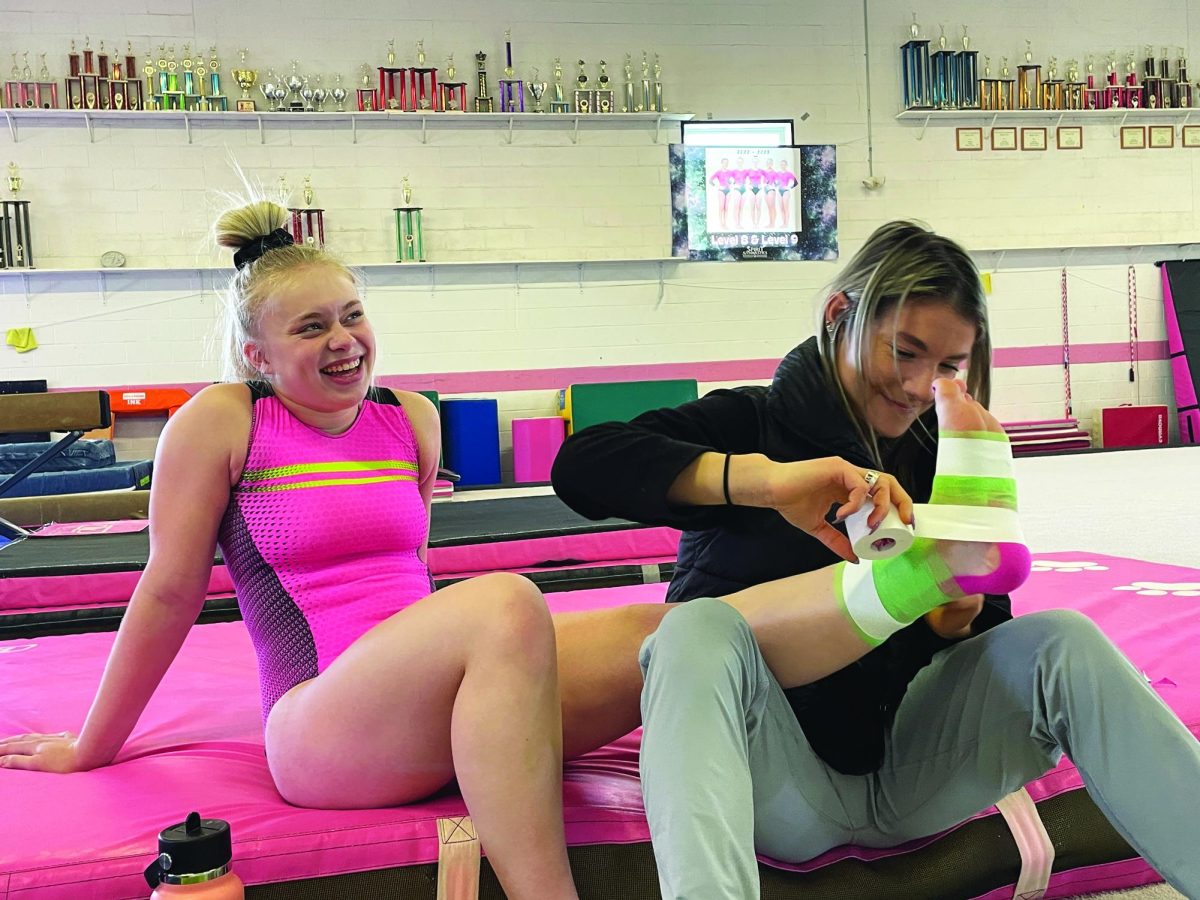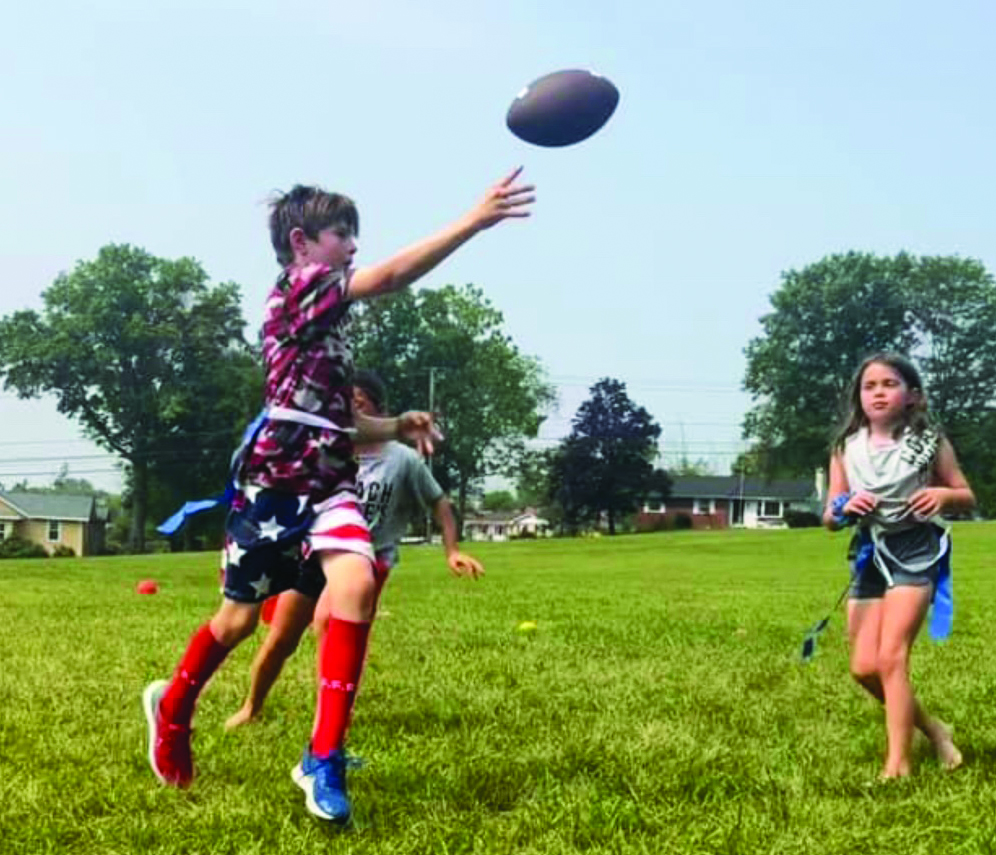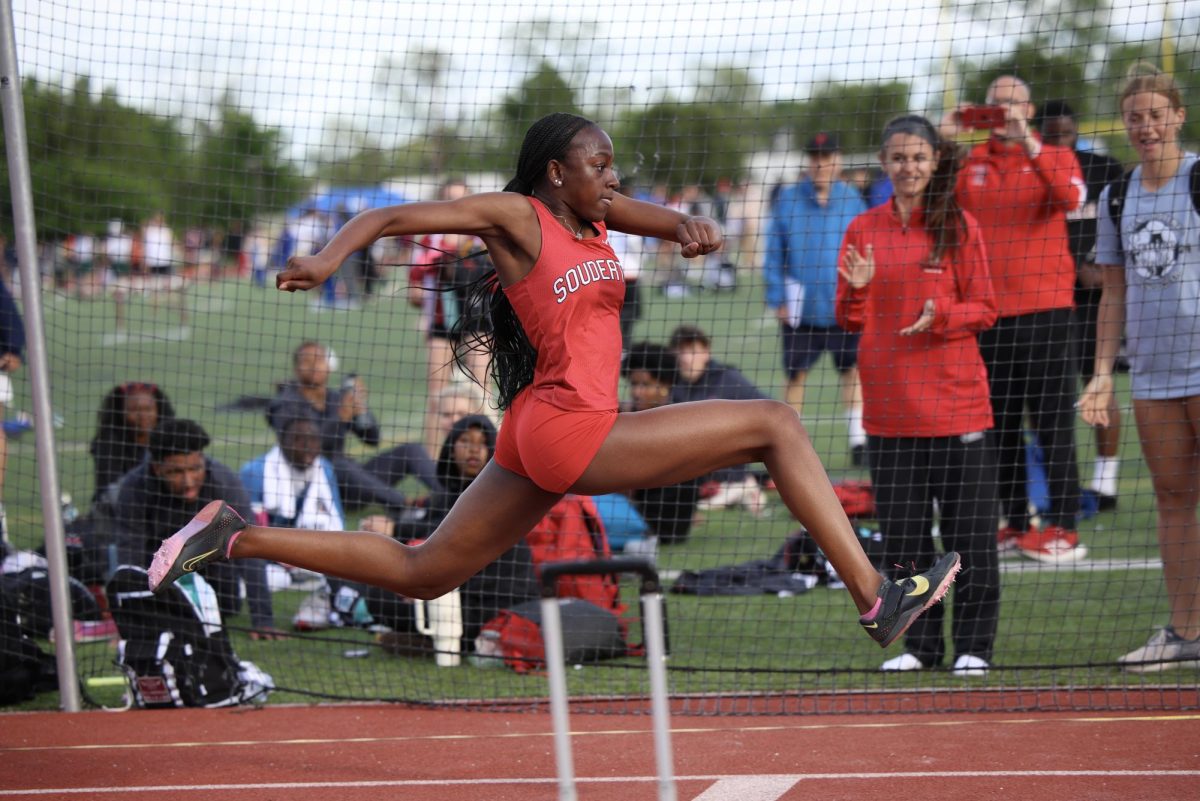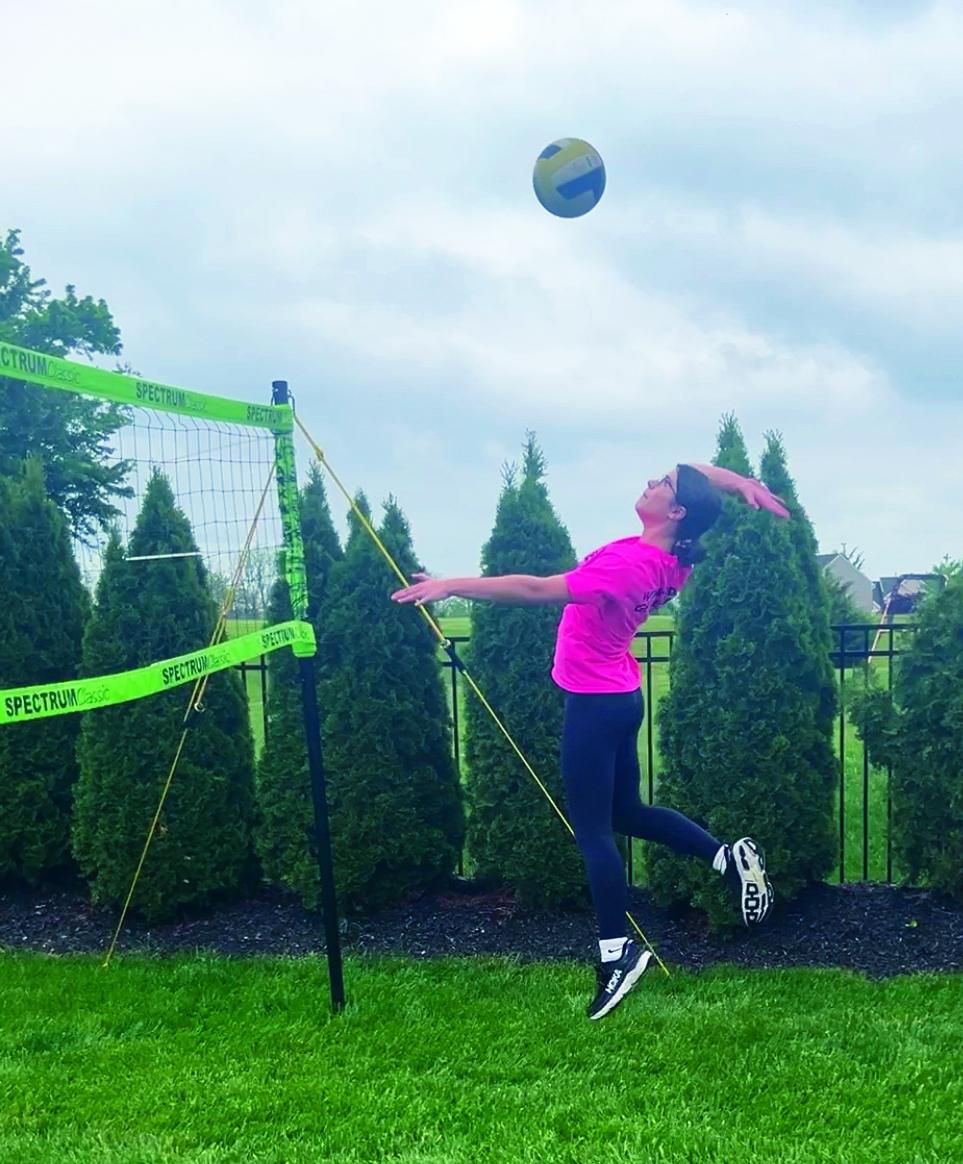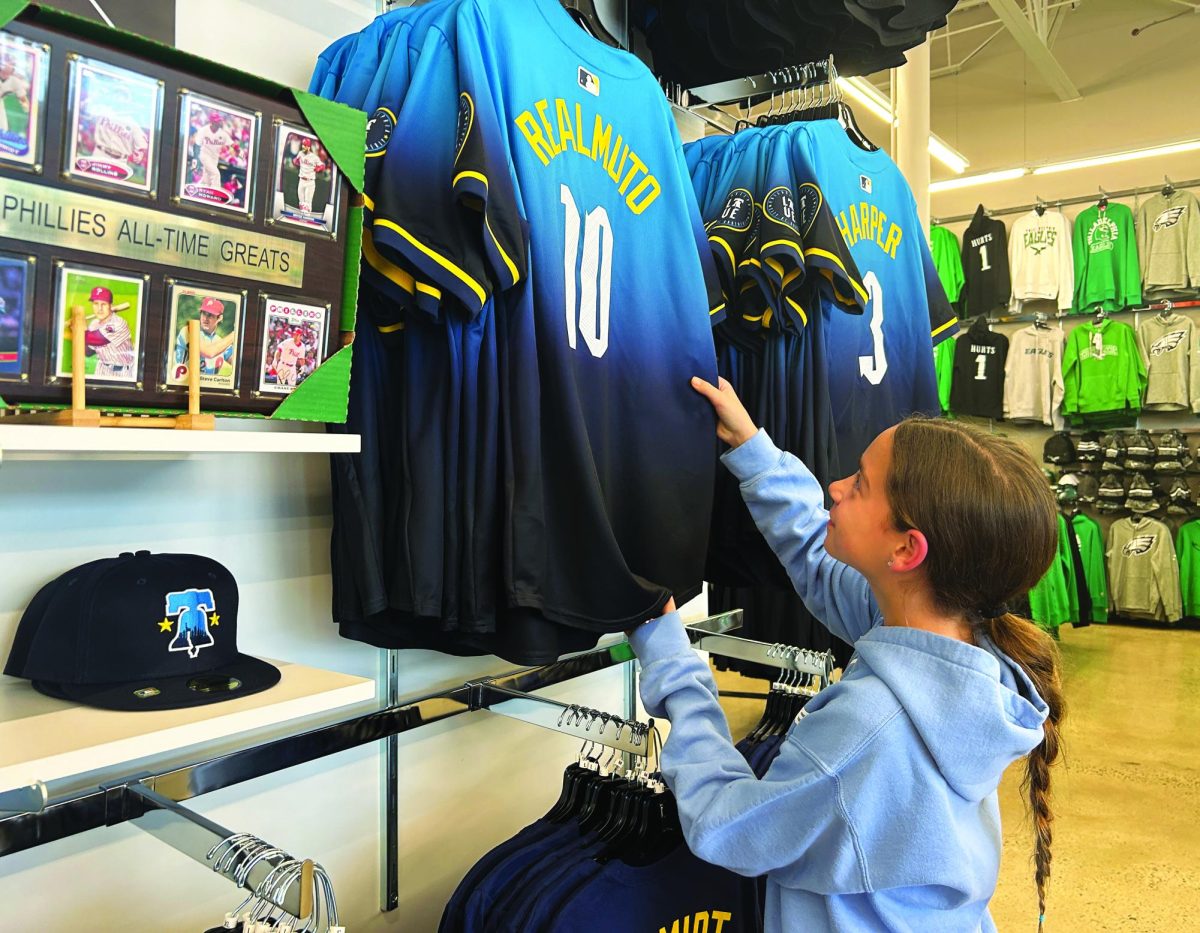In order to guide athletes to recovery, coaches and physical therapists share their injury experiences to bring light to serious injuries and uplift their athletes.
“We really try to encourage the athletes to get ahead of those things that are bothering them,” athletic trainer Gabrielle Termini said.
Termini went through a couple knee surgeries for torn ACLs and tore it again while studying to be an athletic trainer. This injury forced her to end her collegiate athletic career.
“I think bringing that into my profession has been really beneficial,” Termini said. “I can empathize and understand what athletes are going through because I’ve been on both sides.”
According to Spirit Gymnastics co-director of gymnast development TJ Lasslett, chronic injuries start to show up around late middle school and early high school for athletes.
Lasslett said that “joints, problems with impacts, shin splints, flare ups and things like that” are the kinds of injuries that athletes at this age deal with.
As a sophomore in high school, Lasslett was a level 10 gymnast, the highest possible developmental program level.
“My wrist put me out of gymnastics,” Lasslett said. “My body eroded the cushions inside my wrist; the meniscus and cartilage-based stuff was just gone.”
Lasslett was offered to take a year off to see if it healed, or get surgery, but the surgery was not covered by insurance.
“To my coach, either of those things just weren’t really an option because it was too much time out,” Lasslett said. “I was told that I had about a week [to recover].”
According to Lasslett, he has seen some “rough things” and wants to prevent such events from occurring again for other athletes.
“We very much make sure that doesn’t happen nowadays,” Lasslett said, “that is definitely not how we are taught to do things.”
For sports physical therapist Charles Baldi, serious injuries are seen as something chronic first.
“When you deal with repetitive injuries like that, it tends to lead into the more significant injuries a couple years down the line,” Baldi said.
According to Baldi, cycles of injury should be prevented in advance before it becomes a constant. “You’re not really good enough to return to your sport, and so you get better, you come out, get reinjured, go to rehab, and get better,” Baldi said. “You kind of move through that cycle.”
Baldi sees a variety of clients, but mostly works with male and female gymnasts due to his background.
“That’s what most of my connections are and it’s what my passion is,” Baldi said. “I had so many injuries in gymnastics that I’m trying to give back.”
To help avoid further injuries, doing physical therapy plays a major role in treating athletes.
According to Termini, he’ll instruct athletes to “do some exercises” or “do some things to loosen some things up before it gets worse.”
“We’ll do some treatments, and try to evaluate and see,” Termini said.
According to Lasslett, higher levels in gymnastics correspond with the larger injuries because of the complexity of skills.
“You go from doing simple things to skills where you’re more likely to land on your neck,” Lasslett said.
To combat the risk, Lasslett said injuries “should be taken at face value from what the gymnast is telling you.”
According to Lasslett, injuries are so diverse in gymnastics that he must be able to act accordingly with proper protocol.
Ultimately, to Baldi, injuries can control skill level, but not passion.
The amount of time athletes are sustainable does not mean the end of enjoyment.
“At some point you get the bug and you have to go back,” Baldi said.
Coaches work through injuries with athletes
Because of their personal injury experiences, many coaches make it a priority to help athletes recover from injuries that may hinder their training. Coaches and athletic trainers do so by sharing their own stories and making athletes aware that they are not alone.
Wrap it up…Using KT tape and pre-wrap, Spirit Gymnastics coach Julia Marinari wraps gymnast Madison Jordan’s ankle during practice on October 11.
About the Contributor
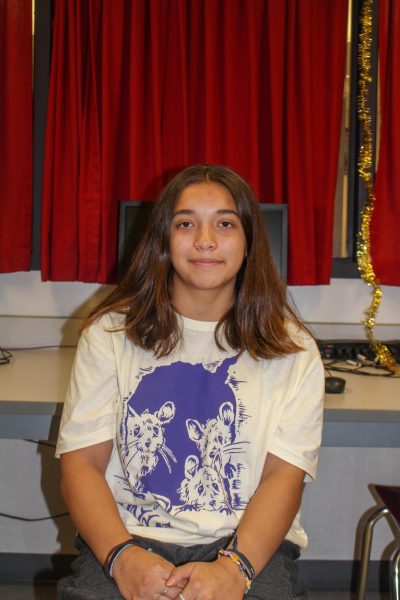
Gabriela Sanchez, Staff Writer

